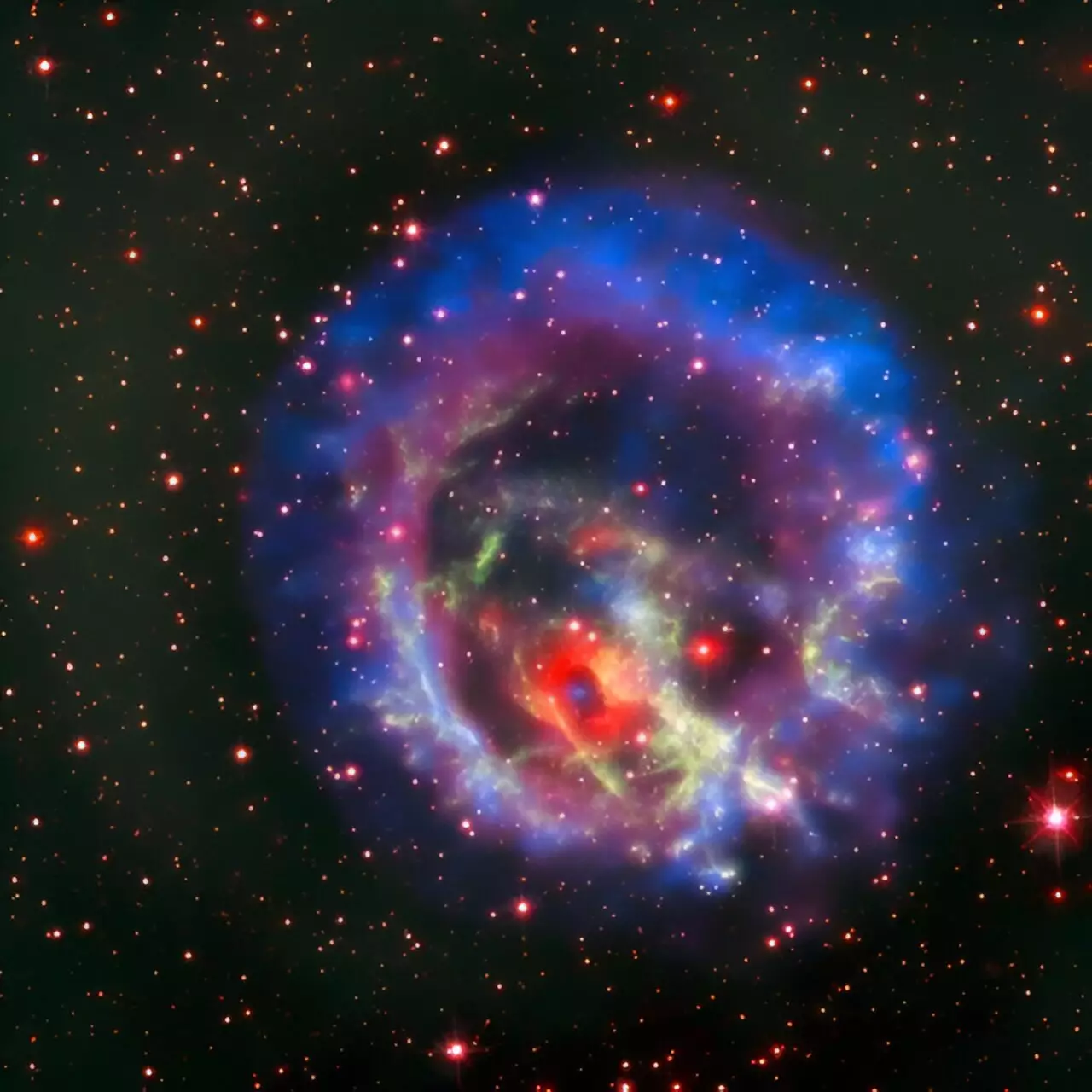Recent theoretical analyses suggest that laboratory experiments seeking to recreate the primordial matter of the early universe could inadvertently generate the strongest electromagnetic fields the world has ever seen. This exciting prospect emerges from the collaborative work of Hidetoshi Taya, a physicist affiliated with RIKEN, alongside two of his peers. Their study illuminates not only the potential for new discoveries in particle physics but also the myriad implications tied to the behavior of matter under extreme conditions.
At the core of Taya’s research is the Standard Model of particle physics, which posits that under extreme thermal conditions dense matter transitions into a quark-gluon plasma—a state considered to exist just after the Big Bang. This assertion raises an immediate question: How can we recreate and study such a transient state of matter in controlled laboratory settings? The urgency for experimental verification of these theoretical predictions underscores modern physicists’ ongoing desire to delve deeper into the very fabric of the universe.
Historically, heavy-ion collision experiments focused predominantly on achieving exceedingly high temperatures using very high-energy collisions. However, a paradigm shift is taking place as researchers begin to explore the potential of intermediate energy densities to produce these elusive plasmas. Taya emphasizes the significance of this reorientation: such conditions mirror those believed to prevail in neutron stars, supernovae, and indeed, the nascent universe itself. By colliding heavy ions at these intermediate energy levels, physicists could potentially unlock insights that have remained inaccessible through previous methods.
This reconsideration of experimental designs opens up a rare window into the universe’s history, enabling scientists to probe deep questions about the nature and origins of matter. As researchers adopt new strategies in particle collision experiments, they may uncover novel phenomena that stretch the limits of our current understanding.
A particularly thrilling revelation from Taya’s work concerns the intense electromagnetic fields anticipated as byproducts of these collision experiments. Traditionally, physicists relied on intense lasers to explore high electromagnetic fields, but Taya’s calculations indicate that the fields resulting from heavy-ion collisions are exponentially stronger. To illustrate, he likens a powerful laser’s capabilities to that of roughly one hundred trillion light-emitting diodes (LEDs), a staggering comparison that highlights the severity of the electromagnetic forces at play.
Nevertheless, Taya indicates that while the prospect of generating these ultrastrong fields is exhilarating, the current experimental apparatus is not equipped to measure these fields directly. Instead, physicists can only observe and analyze the collisional results—the particles generated from the interactions. The challenge then shifts to understanding the interplay between these electromagnetic fields and the observable particles, which Taya emphasizes is crucial for verifying their theoretical predictions.
The implications of Taya and his colleagues’ findings are monumental, potentially leading to breakthroughs in several domains of physics. The interest in ultrastrong electromagnetic fields extends beyond confirming theoretical constructs; it may also pave the way for new, emergent phenomena that have not yet been conceptualized within the framework of established physics.
To test Taya’s hypotheses effectively, further experimental designs must be meticulously crafted to realistically capture the effects of these anticipated electromagnetic fields. As experimental physicists refine their strategies and methodologies, collaboration between theorists and practitioners will become all the more vital.
The exploration of the extreme states of matter mirrors humanity’s larger quest to unearth the mysteries of our universe’s origin. The work led by Hidetoshi Taya positions physicists at the cusp of extraordinary discoveries—offering the potential to reveal the behaviors and properties of matter under conditions designed to mimic our universe’s infancy. As laboratories worldwide delve into this promising avenue, the results could dramatically alter our understanding of particle physics and the fundamental forces that govern existence itself.

